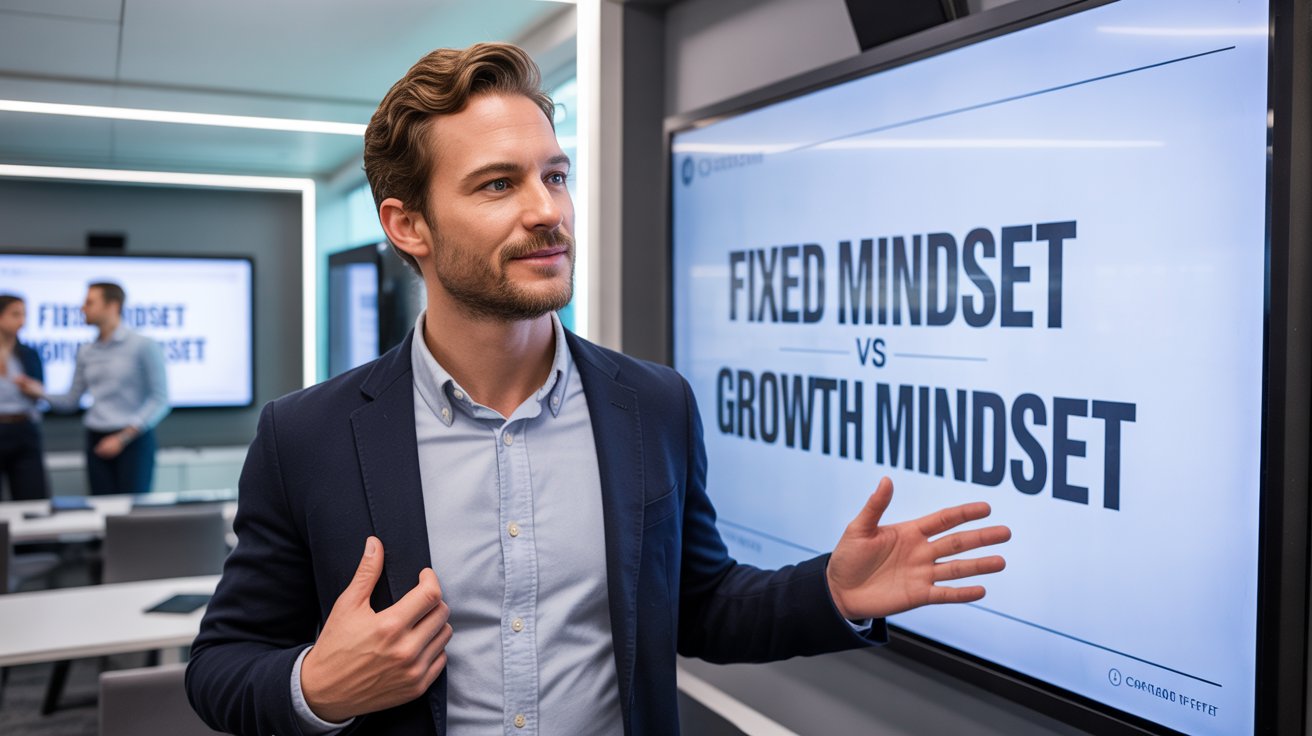Strategic Workforce Planning is not just a comfort. On the other hand, it’s the epicenter of viable business excellence. Serene sailing or storm-tossed waters, smart workforce planning keeps the ship on course. If businesses can keep the right people in the right roles at the right time, they can thrive in the place of merely pulling through. Definitely, Strategic Workforce Resource Planning is where human potential meets business ambition. It creates a roadmap that ensures people and strategy move as one. Before we dig deeper, let’s answer a key question that often pops up in HR and boardroom discussions. What is workforce planning?. Because the future of your business could hinge on what you do or fail to do with this powerful strategy.

Jump ahead to
What is Workforce Planning?
To put it simply, workforce planning is the process of scrutinizing, anticipating, and, most importantly, planning workforce supply and demand. It affirms that the organization has the right people with the right skills available when needed. However, it’s not just a numbers game. On the other hand, it’s a vision-ready approach to shaping an agile and future-ready workforce.
Henceforth, businesses that understand what is workforce planning realize that it’s more than filling gaps. It’s about predicting future needs, preparing for skill shifts, and investing in talents that fuel upheaval. In other words, it’s not about firefighting, it’s about fireproofing. Businesses must learn to read the tea leaves of market trends and evolving tech.
The Shift From Operational to Strategic
Many businesses used to focus solely on short-term hiring needs. At the same time, it is a fact that the employment map is redrawn by digital transformation, AI, and remote work. Therefore, short-term fixes don’t cut the mustard anymore. That’s where strategic workforce planning takes the central stage. It goes beyond reactive hiring and knee-jerk responses. Furthermore, it connects talent strategy with business goals and allows firms to pivot, scale, and evolve without tripping over talent shortages or outdated skill sets.
Key Elements of Strategy Workforce Resource Planning
Strategic workforce planning is not pulled out of a hat. On the other hand, it’s crafted carefully and involves several vital components.
Future-Oriented Forecasting
Organizations need to stay ahead of the curve by analyzing not only their internal capabilities, but also external disruptions that could affect workforce needs. The components focus on predicting the talent and skills an organization will need to stay competitive in the future.
- Predicts upcoming business needs and required skills
- Understand external labour market trends
- Analyze demographic changes and retirement projections
By doing so, they ensure that tomorrow’s workforce challenges don’t catch them off guard.
Gap Analysis
Gap analysis aids in understanding where your workforce stands today versus where it needs to be in the future. Therefore it,
- Identifies current capabilities
- Uncover where skill shortages or oversupplies lie
- Highlight risks and opportunities for development
In fact, this step acts as a strategic mirror reflecting blind spots and aids businesses in targeting the right development or recruitment actions.
Scenario Planning
Scenario Planning builds flexibility into your workforce strategy by preparing for a variety of possible futures. Henceforth, it,
- Develop flexible strategies to handle the best-case, worst-case, and most likely scenarios.
- Integrate economic, political, and most importantly, technological shifts.
- Plan workforce agility into business architecture
Scenario planning allows businesses not to put all the eggs in one basket. It thereby aids in preparing for multiple possibilities without relying too heavily on one specific outcome. Moreover, it’s the key to building resilience in a world that is anything but predictable.
Talent Segmentation
This step aids you in focusing your resources by identifying which roles and employees are most crucial to business success. Therefore, it,
- Group employees based on skills predominance, potential, and moreover, performance
- Prioritize investment in key roles and high-impact talent
By understanding who drives the most value, organizations can make smarter decisions about where to invest time, training, and their capital.
Actionable Roadmaps
This is a step that turns insights into actions. In addition, it translates your strategy into clear and measurable steps.
- Create step-by-step plans for hiring, reskilling, redeploying, or releasing talent.
- Establish measurable KPIs for tracking progress.
With actionable roadmaps in place, workforce planning moves from paper to performance. This ensures that the plan does not just exist but delivers real business impact.
Workforce Resource Planning Versus Strategic Workforce Planning
Now let’s draw the line between often-confused terms. Workforce Resource Planning and Strategic Workforce Planning.
- Workforce Resource Planning usually zooms in on the operational side. That means it ensures staffing levels meet day-to-day demands.
- Strategic Workforce Planning lifts the lens to the peak, syncing the workforce capabilities with long-range business strategies.
Yet, these two go hand in hand. A well-oiled organization uses workforce resource planning to keep daily operations going smoothly. Meanwhile, strategic workforce planning ensures the firm does not run out of steam in the long run.
Think of workforce resource planning as the rudder and strategic workforce planning as the compass; both are vital to steer the corporate ship.
Why is Strategic Resource Planning Crucial Today?
The world of work is spinning faster than ever. Enterprises face a whirlwind of changes, automation, skill shortages, hybrid work models, and a general shift. Definitely, without a clear workforce strategy, it’s easy to fall behind.
Here’s why getting serious about what is workforce planning pays off:
- Prepares for disruption– It aids in managing the impact of automation and AI, in addition to market turbulence.
- Boosts agility– Enables quick realignment of teams and roles during change
- Reduces costs– Avoids overstaffing or understaffing by proactive talent management
- Improves talent experience– Builds clear career paths while boosting retention and engagement
- Strengthens employer brand– Shows candidates the firm has its act together
Certainly, the organizations that plan wisely are those that call the shots, rather than wait to react when the going gets tough.
How to Implement Strategic Workforce Planning?
Crafting an effective workforce strategy is not a one-size-fits-all process. However, the following steps create a strong foundation.
- Step 1: Align with Business Strategy – Understand where the business wants to go and what it will take to get there, talent-wise.
- Step 2: Assess the Current Workforce – Use tools and data to map the current skills, demographics, and, predominantly, performance levels.
- Step 3: Forecast Future Needs – Use predictive analytics and business goals to estimate future talent requirements.
- Step 4: Conduct Gap Analysis – Compare current capabilities of a firm with future needs to identify training or hiring needs.
- Step 5: Develop Talent Solutions – This could involve reskilling the existing staff, outsourcing specific roles, using contingent or gig workers, and improving succession plans.
- Step 6: Monitor and Adjust – Set KPIs, track outcomes, and adapt as needed. It’s in fact a living, breathing process, not a one-time task.
It holds true that the ability to read the tea leaves and adjust plans on the fly separates agile organizations from those left in the dust.
Real World Example
Let’s say a financial services firm aims to go digital in the next three years. In that case, strategic workforce planning would help it.
- Forecast how many data scientists and cybersecurity experts it needed
- Upskill current IT staff through training programs
- Phase out redundant roles
- Engage in workforce resource planning to schedule daily operations during transformation.
By asking early on, ‘What is workforce resource planning for the digital future?’, the business could avoid costly missteps and ensure it does not miss the boat in the race to digital excellence.
The Role of Technology in Workforce Planning
Digital tools and AI are game changers in today’s planning efforts. Platforms now allow HR teams to:
- Automate workforce analytics
- Use AI to predict attrition and performance
- Visualize talent gaps with dashboards
- Optimize workforce resource planning in real-time
By leveraging data, businesses can call the shots and base decisions on facts rather than guesswork.
Final Thoughts
So, what is workforce planning in a strategic context? It’s a blueprint for long-term success. In addition, it aids organizations to become not just bigger but better and smarter. Investing in Workforce Resource Planning Training authenticates professionals with the right tools and frameworks to forecast and align talents constructively. Strategic workforce planning creates a resilient and future-ready workforce. Furthermore, when it is blended with workforce resource planning, it builds an environment where talent can thrive and drive real business impact.
Strategic Workforce Planning is not just about charts and headcounts; it’s about crafting a people-powered future. When businesses plan with purpose, they build legacies, not just bottom lines.
FAQs
What is workforce planning?
Workforce planning is the process of forecasting and aligning talent with future business needs. Furthermore, it affirms that the right people are in the right place at the right time.
How is strategic workforce planning different from workforce resource planning?
Strategic workforce planning focuses on long-term talent alignment with business goals. On the other hand, workforce resource planning handles day-to-day staffing and operational needs.
Why is strategic workforce planning important today?
Strategic workforce planning aids businesses in staying agile, reducing talent risks, and, moreover, preparing for disruption. Definitely, in a fast-changing world, it supports smarter, future-ready decisions.
What are the key elements of strategic workforce planning?
Key elements include forecasting, gap analysis, scenario planning, talent segmentation, and actionable road maps. Together, they build a flexible and skilled workforce.
How can technology support workforce planning?
AI and analytics enable better forecasting, skill mapping, and, most importantly, real-time insights. Furthermore, this makes planning more accurate and data-driven.
Is Workforce Planning Training necessary for professionals?
Yes, it builds internal capabilities to manage both strategic and operational planning. Training empowers professionals with tools to align talents with business needs.
How often should workforce planning be reviewed?
Workforce planning should be reviewed quarterly or biannually, ideally. Furthermore, regular updates aid in adapting to market changes and internal shifts.
Can small businesses benefit from strategic workforce planning?
Yes, definitely. Planning aids even small businesses in managing growth, skills, and most importantly, costs. It improves hiring decisions and prepares them for scaling.



